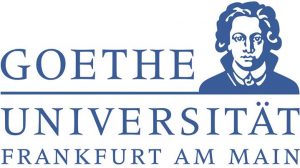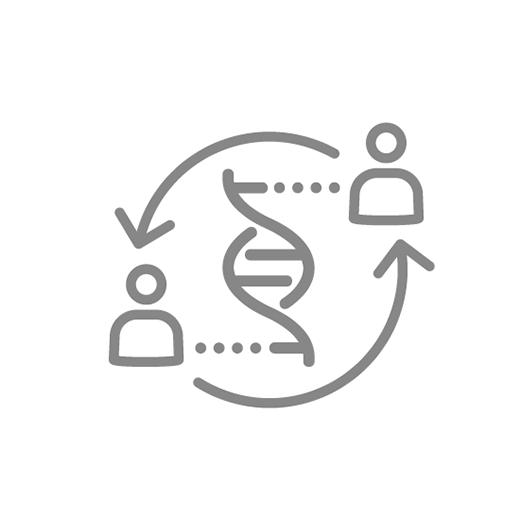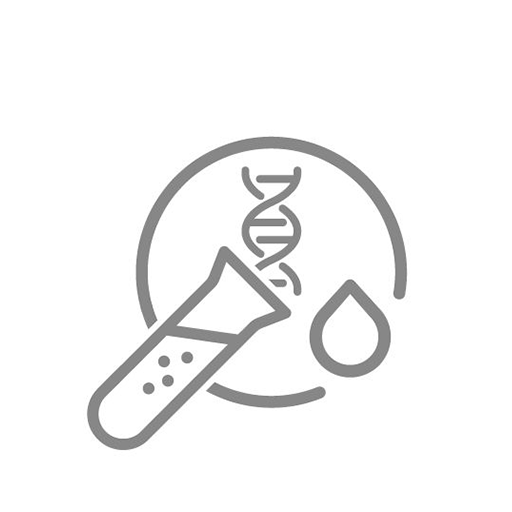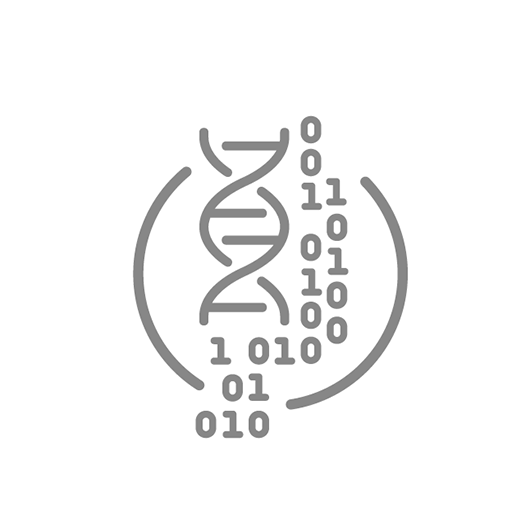LOEWE Centre for
Translational Biodiversity Genomics
Understanding the genomic basis of biodiversity
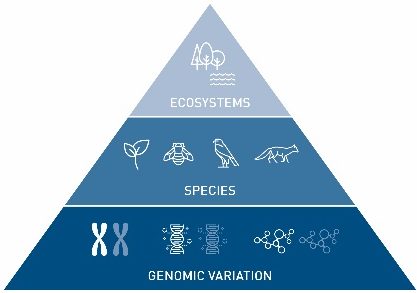
Genomic diversity as a basis for biodiversity
The LOEWE Centre for Translational Biodiversity Genomics (LOEWE-TBG) was a research project running from 2017 to 2024, funded by the LOEWE programme of the State of Hesse, Germany.
Beginning in 2025, the centre is transitioning into a collaborative network, initiating new projects based on the expertise developed at LOEWE-TBG.
The centre focused on the genetic basis of biological diversity, making it accessible for both basic and applied research. The research team sequenced and analyzed genomic variation across the tree of life to understand the origins and functional adaptations of diversity, from genes to ecosystems (Comparative Genomics).
The resulting data addressed societal knowledge demands in applied fields, such as the genomic basis of biologically active substances (Natural Products Genomics) and the sustainable use and management of biological resources (Genomic Biomonitoring; Functional Environmental Genomics).
LOEWE-TBG was a joint research institution of the Senckenberg Society for Nature Research, Goethe University Frankfurt, Justus Liebig University Gießen, the Fraunhofer Institute for Molecular Biology and Applied Ecology (IME), the Max Planck Institute for Terrestrial Microbiology (MPIterMic), and the Fraunhofer Institute for Translational Medicine and Pharmacology (ITMP).
Main Objectives of TBG
- Compare genomic diversity across the tree of life to better understand the origin and functions of all levels of biological diversity (from genes to ecosystems)
- Make genomic resources accessible for applied research, e.g. for a sustainable bioeconomy or natural resources management.
- Develop and apply genomic methods to monitor biodiversity and ecosystem resilience, Inform species conservation efforts, understand the genomic basis of biodiversity, find new applications of biodiversity, e.g. in biomedical research
Research at the centre was divided into four project areas and numerous individual and joint projects:
The LOEWE TBG laboratory centre and a bioinformatics unit provide a powerful infrastructure for the direct implementation of projects. Their results are made available to society via technology transfer and public relations.
News
What’s new at LOEWE-TBG? Find all our videos, news, press releases and selected press articles in our Newsroom. By watching our videos you can, for example, take a look into our lab center and learn more about DNA extraction or get to know TBG’s junior research groups. News include scientific results, prizes, conferences, events, job vacancies and much more. Take a look, stay tuned and follow us on Twitter @LOEWE_TBG.
You need texts or pictures about LOEWE-TBG for publication in media? Our numerous press releases and those of our partners as well as press pictures can also be found at the News Room (via Senckenberg). TBG in TV, Radio and in newspapers – we further compiled a selection of media reports.
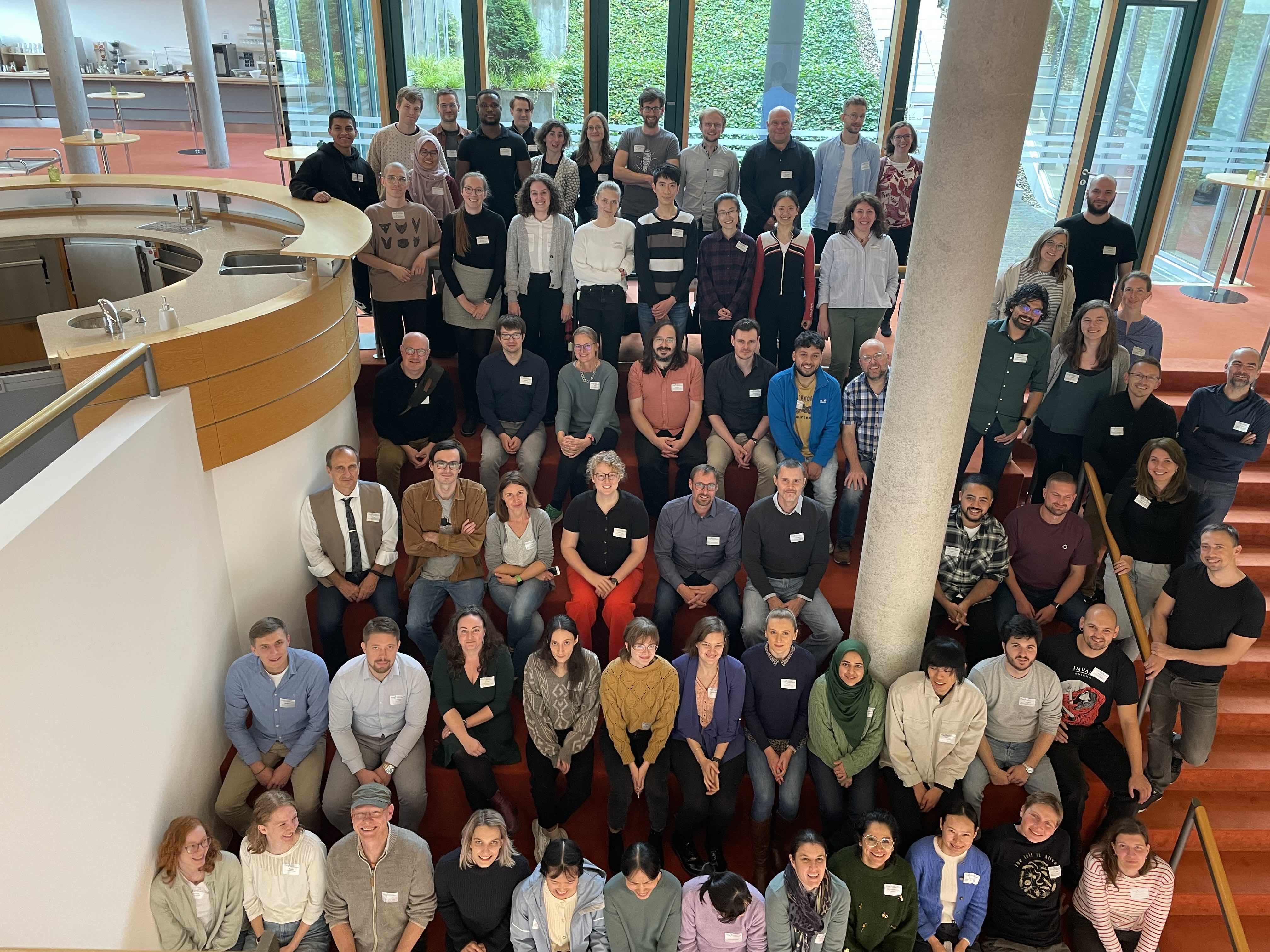
Goodbye LOEWE, Hello Frankfurt: Genomic Research on Biodiversity Continues
16.12.2024
After seven successful years, the LOEWE Centre for Translational Biodiversity Genomics (TBG) concludes with impressive results and sustainable structures for the future. The Centre has successfully fulfilled its mission to make genomic diversity accessible for both basic and applied research, such as species conservation and the discovery of natural products, achieving excellent scientific and practical outcomes.
The continuation of biodiversity genomics research is ensured through strategic expansions like Senckenberg’s newly acquired “Anthropocene Biodiversity Loss” program, which will provide €1.3 million annually starting in 2025. This funding will support three professorships as well as staff for laboratories and bioinformatics on a long-term basis.
“The LOEWE Centre TBGhas established a stable and forward-looking foundation for genomic biodiversity research that will have a lasting impact at both scientific and applied levels,” summarized Prof. Dr. Klement Tockner, Director General of the Senckenberg Society for Nature Research. “Research on natural products, for example, enables far-reaching innovations in drug discovery. Conservation efforts also benefit from this precise genomic approach. Genomics plays a central yet still underestimated role in developing effective and comprehensive solutions for biodiversity protection. The infrastructure and interdisciplinary network established by TBG provide ideal conditions for future research projects, particularly in times of global biodiversity crises.”
For more infos see press release at Senckenberg. (Photo: TBG)
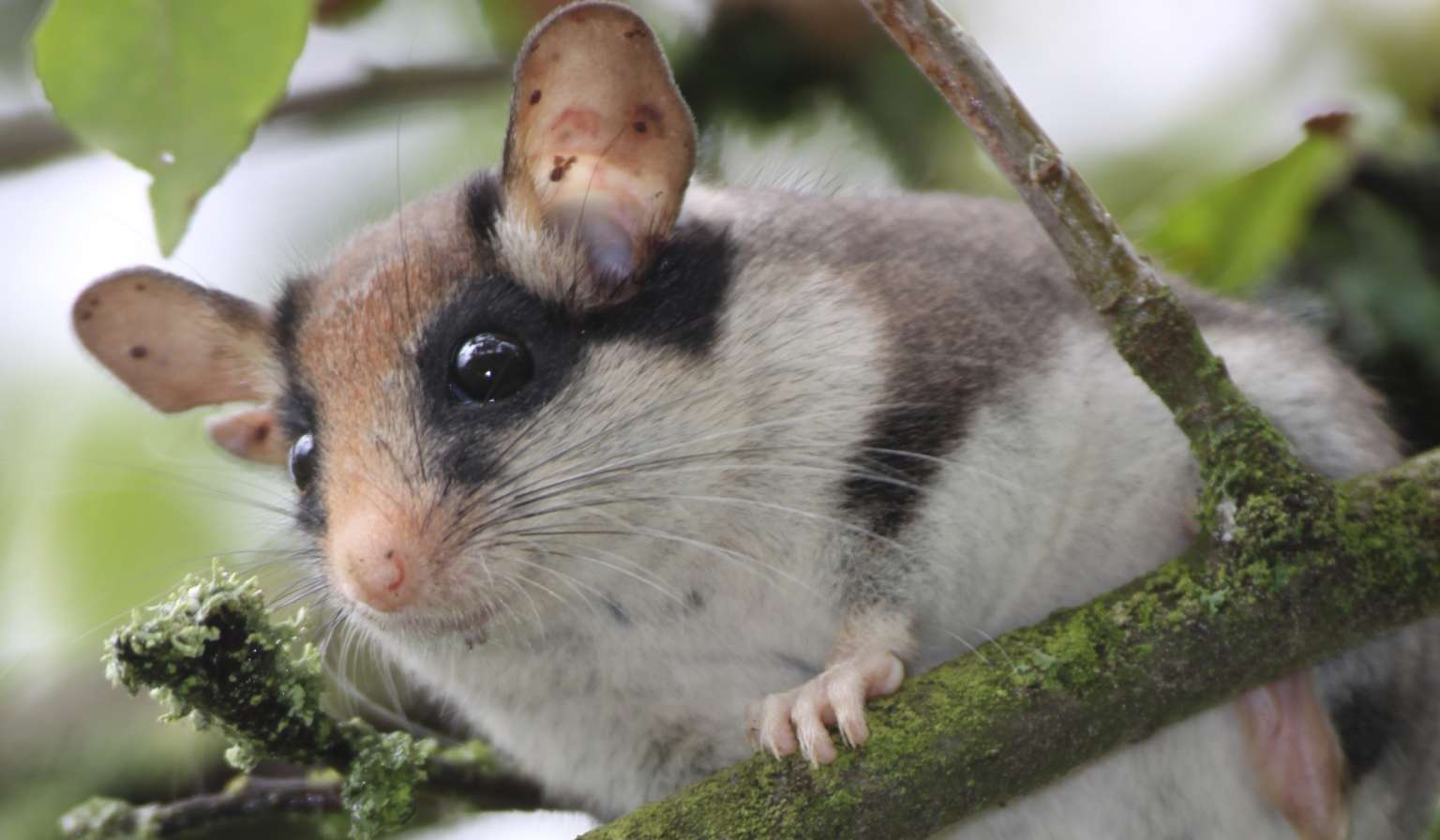
Endangered garden dormouse: Extensive genetic analysis contributes to the protection of the species
26.11.2024
To protect critically endangered species, customised conservation management strategies are required. Information from genomic data is playing an increasingly important role, as genetic material can be used to reconstruct historical population sizes and identify current population trends, as well as clues to the species’ adaptability. In a new study, scientists from the LOEWE Centre for Translational Biodiversity Genomics (LOEWE-TBG) at the Senckenberg Society for Nature Research in Frankfurt, Germany, and other institutions present a high-quality reference genome for the endangered garden dormouse (Eliomys quercinus). The study provides insight into the dramatic population decline of the garden dormouse and helps to design conservation strategies in Europe.
The scientists are surprised by the extent of the genetic differences between garden dormice north and south of the main Alpine ridge. “Our results strengthen the presumptions of previous studies that we are maybe dealing with two different species. This is a bit of a sensation, given that mammals in the middle of Europe are very well studied,” says the study’s lead author, Dr Paige Byerly, a conservation geneticist at the Senckenberg Research Institute and Natural History Museum in Frankfurt am Main, Gelnhausen.
For more infos read the study published in Genome Research. (Photo: Sven Büchner)

Rapid genome analysis of a Whippet sighthound sets new standard for biodiversity research
23.10.2024
The continuing global loss of biodiversity is making it increasingly necessary to rapidly collect and analyse genetic information on endangered species. In a joint project, the Department of Human Genetics at Bioscientia Institute for Medical Diagnostics GmbH in Ingelheim am Rhein and the LOEWE-TBG in Frankfurt, both in Germany, have sequenced and analysed the complete genome of a Whippet sighthound in less than a week. This advance could have a lasting impact on genome research in species and biodiversity conservation. The study has been published in the journal “GigaByte”.
The analysis of a Whippet genome, carried out jointly by the Bioscientia Institute and the LOEWE Centre TBG, used a new technology: whole genomes are sequenced very precisely and in long sections, so-called ‘long reads’. This was achieved in record time using the example of the Whippet, one of the fastest land animals. This is not only a technical success, but was also initiated as a symbolic project to address the challenge of species extinction.
The novel collaboration between Bioscientia’s human geneticists and the researchers at the LOEWE Centre TBG sets a new standard and provides an effective tool for biodiversity research.
For more infos see press release at Senckenberg.(Photo: ashva – stock.adobe.com, 164543555)
Our partners

